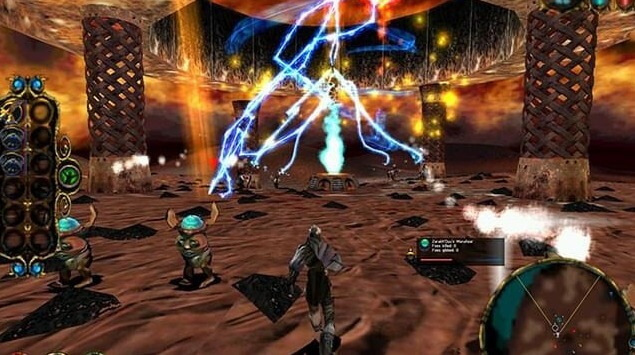

This left me feeling an odd mixture of joy at the start of each round coupled with boredom at the end.Ĭivilizations are at their finest when they are in competition, and the 12-15 hours of my early game were some of the best I’ve ever played in a strategy game. It really drives home the variety of options you have once you get away from making every city pretty much identical.Ĭiv VI does introduce some new gameplay elements into its mid-to-late-game that shake things up a bit and keep things interesting for those who want to keep playing after they’ve won (like building wonders or invading), but these are relatively minor developments (although I did appreciate the potentially world-ending threat posed by nukes) that don’t fundamentally alter how the game is played until near its end. The new maps have interesting geographical features that come into play in terms of placement of cities and where you settle certain districts.The espionage system should make diplomacy even more interesting than it was in the past as well. By comparison, after playing eight hours of Civ VI, I had tried to win by science, domination, and religion. I played a lot of Civ V at launch, but I never pursued victory types other than domination. There are just so many things to do in Civ VI.It’s still possible to zoom right down there and see your citizens working the farms or whatnot, but it’s nothing like the gorgeous wonder movies that were a hallmark of Civ IV. Civ VI marks a return to the visual style of Civ V, which had a bright color palette and emphasized units over city buildings.This is because so much can change in the first generation of cities, with great minds and founding fathers having a wide impact on what you’re able to accomplish.īut as the game moves forward, and your civilization grows into a bustling utopia that can avoid global warming and nuclear war, there isn’t a lot of variability in how it plays.

The early turns are when most of the hard decisions must be made, and, for me at least, that’s when I had the most fun playing. The hex grid that determined movement and combat for previous installments has been replaced with a new tile-based system that allows for terrain to play a larger role in how units move across it.Ī game of Civilization VI is divided into turns-each turn taken by a single player.

One city can actually do things now, instead of feeling like a single building surrounded by farms and mines.They’ve added district to the core of the game instead of piling them into expansions.The maps are still randomly generated, but now they’re just… better.It has a good tutorial, even if it doesn’t have a long one.


 0 kommentar(er)
0 kommentar(er)
